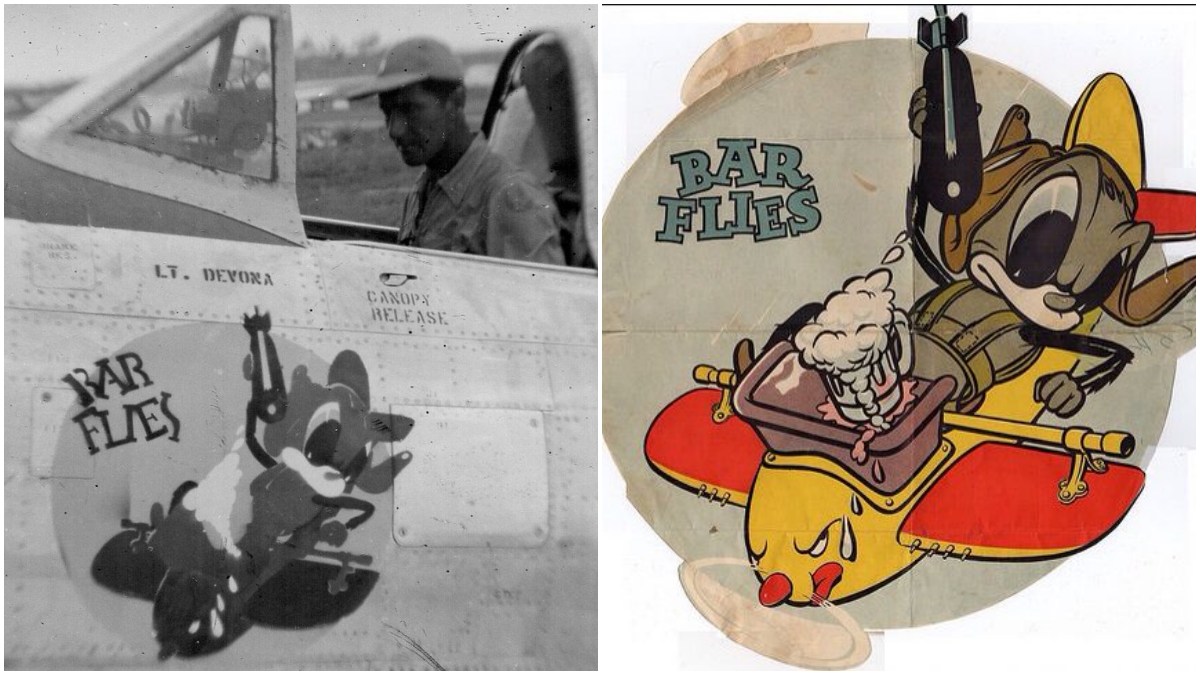Yardstick
Well-Known Member
A reasonably common type of WWII squadron patch was the water-slide decal (a design printed onto a transparent backing and not too dissimilar to the decals used for model aircraft kits). These were typically applied to leather or canvas backed 'leatherette' discs and commonly sealed with a transparent varnish. They're challenging patches to recreate, as they faithfully transpose the original artwork and require very crisp detailing. While I have considered experimenting with printing onto water-slide decals, this would only make sense if I was doing large runs. Consequently, I've gone down the route of painting the design directly onto leather but trying to ensure that this is as crisp as the original - no mean feat as the final patch is likely to be much smaller than the original drawing. I hope you like the following examples.
31st FS, 37th FG. Interestingly this is one of those patches where there are as many examples of the design facing right as there are it facing left.

398th BS, 504th BG.

73rd FS, 318th FG.

31st FS, 37th FG. Interestingly this is one of those patches where there are as many examples of the design facing right as there are it facing left.
398th BS, 504th BG.
73rd FS, 318th FG.

